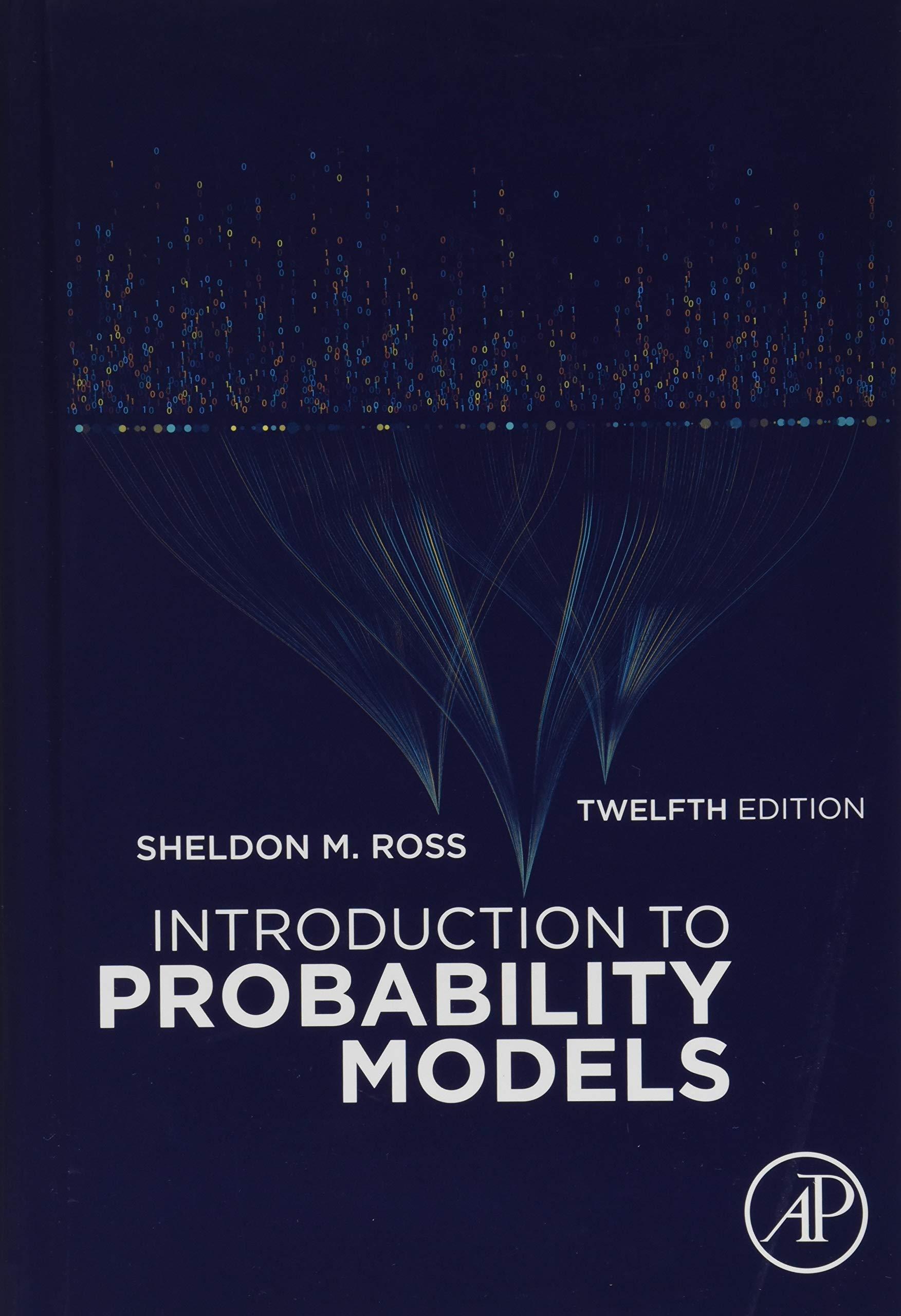Question
Study 1: National Cancer Institute, Harvard University and other institutions The researchers collected data about people's exercise habits from 661,000 adults, predominantly middle-aged, from six
Study 1: National Cancer Institute, Harvard University and other institutions
The researchers collected data about people's exercise habits from 661,000 adults, predominantly middle-aged, from six large ongoing health surveys. They segmented this data using weekly exercise time as a parameter. The ranges varied from no exercise to almost 10 times the current recommendations (moderate exercise for 25 hours per week or more). Then, 14 years' worth of death records for the group were compared to the exercise records. The effort yielded the following major results:
The group with no exercise times were at the highest risk of early death.
Minimal exercise less than the recommended level was still able to mitigate the risk of premature death by 20%.
The group who followed the generally prescribed guideline of 150 min/week of moderate exercise had reduced probabilities of early death by 31%.
The optimum level of health benefits were yielded in people who exercised thrice the recommended levels and had lowered their risk of premature death by 39%.
Any further increase in exercise yielded insignificant incremental benefits with regards to mortality risk. However, the exercise also did not adversely affect their mortality risk.
Study 2: James Cook University in Cairns
Their methodology was similar to the other study. The researchers collected health survey data for more than 200,000 Australian adults, followed by comparison with corresponding death statistics. However, the stratification in their case was taken another level forward in that they further segmented the sample data regarding exercise times into various stress levels of the exercise varying from normal to vigorous.
The results, unsurprisingly, were similar in nature with a few additional insights:
Meeting the generally recommended exercise guidelines substantially reduced the risk of early death, even with moderate exercise such as walking.
Occasional vigorous exercise did not yield any significant reduction in mortality; however, those who spent up to 30 percent of their weekly exercise time in vigorous activities were 9 percent less likely to die prematurely. With more than 30% of their time dedicated to strenuous activities, people gained an extra 13% reduction in early mortality, compared with people who stuck to moderate exercise levels. Very high levels of intense exercise did not improve mortality risk rates significantly.
In conclusion, although these two studies may not put an end to the debate about the right "dosage" of exercise for a healthy life; it can be said that 150 minutes of vigorous exercise per week seems to be effective in reducing mortality risks.
Question: What was the random variable in these studies? Were there any other variables in the studies?
Step by Step Solution
There are 3 Steps involved in it
Step: 1

Get Instant Access to Expert-Tailored Solutions
See step-by-step solutions with expert insights and AI powered tools for academic success
Step: 2

Step: 3

Ace Your Homework with AI
Get the answers you need in no time with our AI-driven, step-by-step assistance
Get Started


